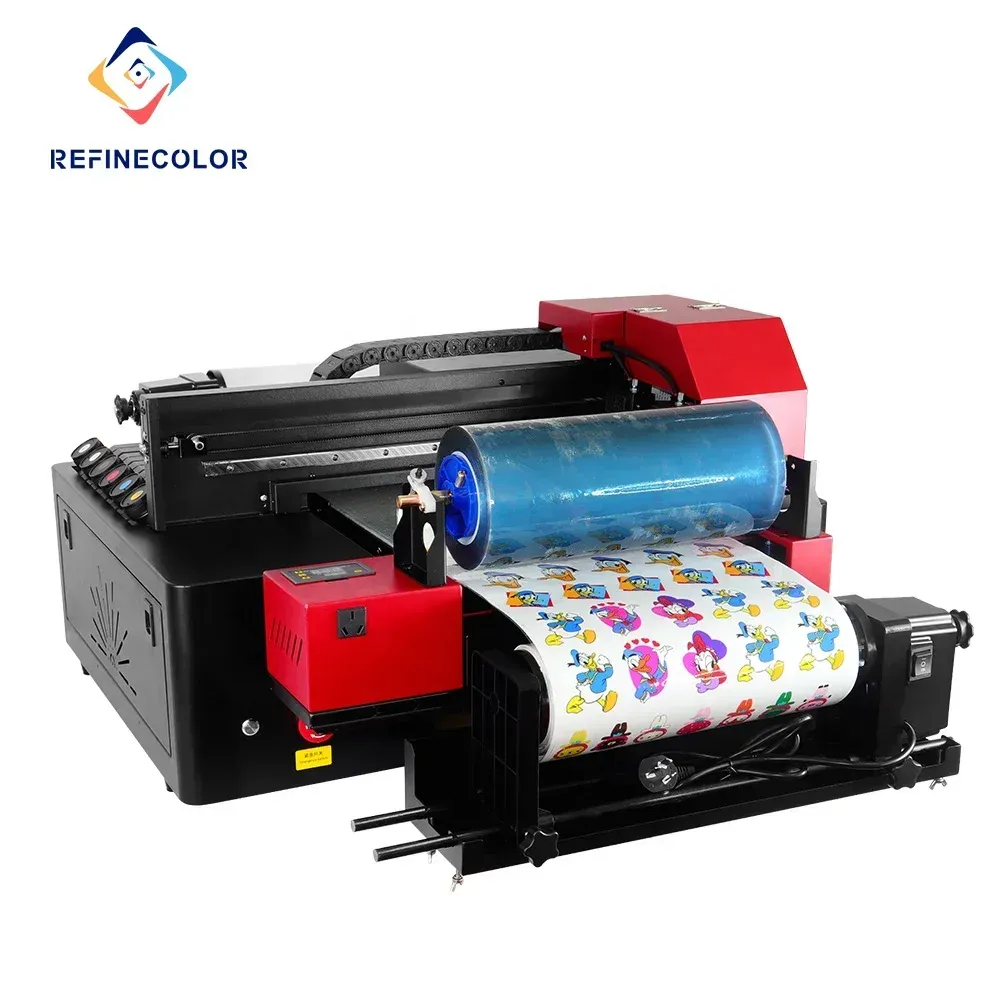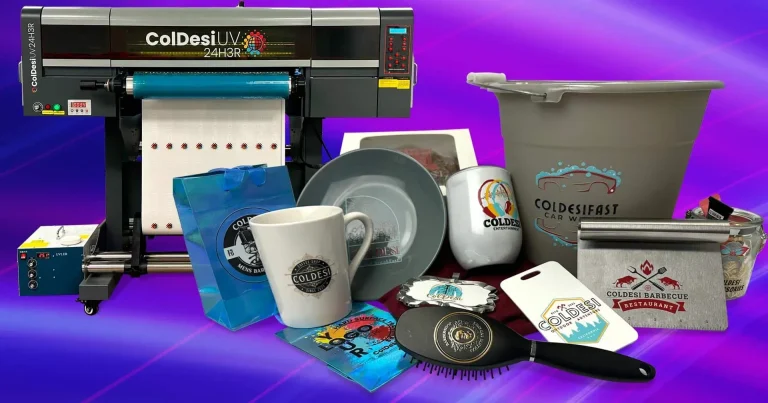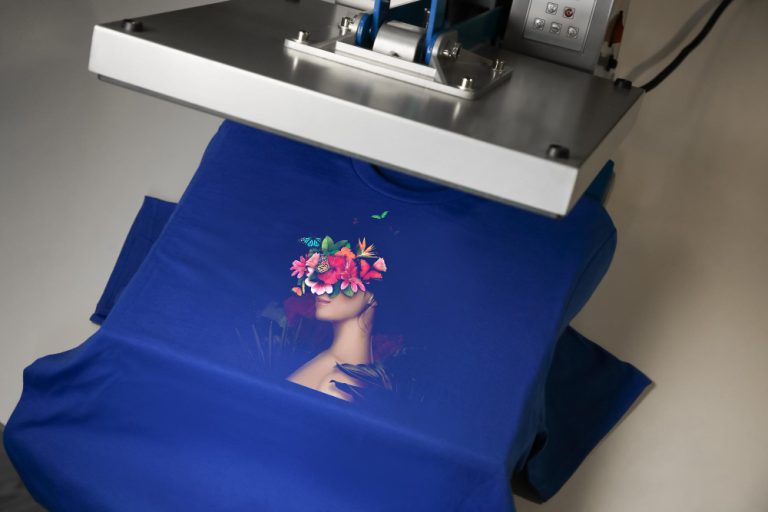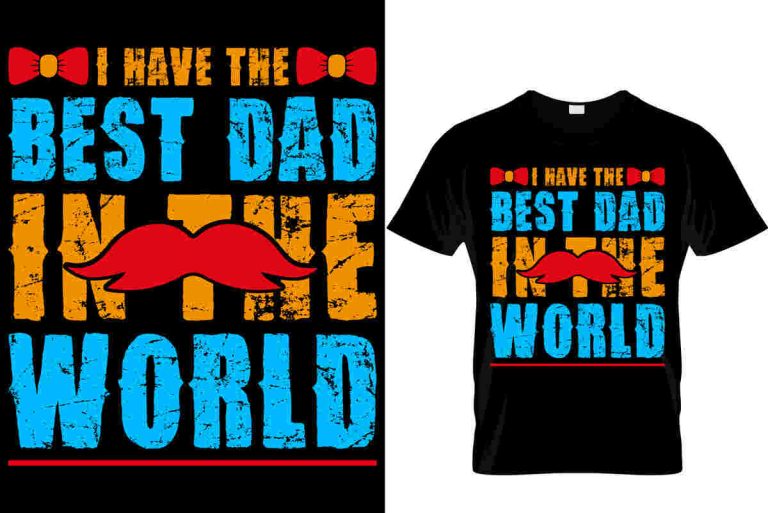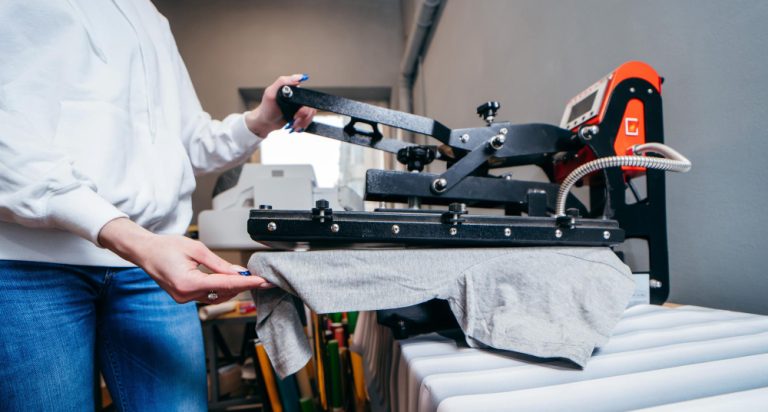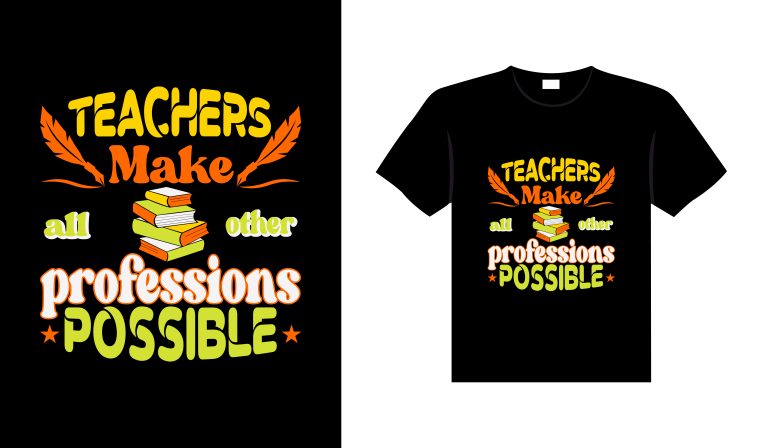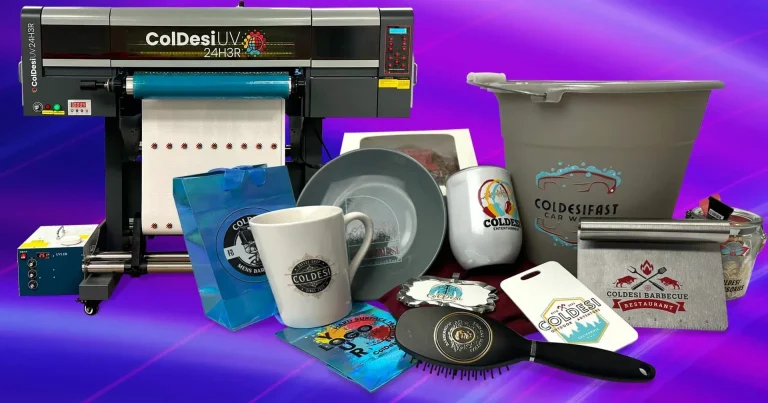UV DTF, or UV Direct-to-Film printing, has emerged as a pioneering solution in the quest for eco-friendly printing practices. As industries increasingly embrace sustainable printing technologies, UV DTF stands out for its innovative use of UV curing technology, which enhances print quality while drastically reducing waste. This sustainable choice not only minimizes the use of harmful solvents, thus contributing to VOCs reduction, but also offers impressive energy efficiency compared to traditional methods. By combining high-quality visuals with environmentally responsible techniques, UV DTF is revolutionizing the printing landscape, aligning with the growing consumer demand for printing technology sustainability. In the following sections, we will delve into the multiple advantages of UV DTF and explore its significance in promoting a greener future.
The world of printing is evolving, and alongside it, terms like direct-to-film printing and UV ink technology are gaining traction as sustainable options. As businesses seek to lessen their ecological impact, methods such as UV DTF represent a shift towards more planet-friendly practices. This advanced printing technology not only focuses on reducing carbon footprints but also emphasizes the importance of maintaining high-quality output without compromising environmental standards. Embracing these innovative approaches ensures that both printing quality and sustainability are prioritized in modern production processes. As we navigate the advancements in this field, it’s essential for stakeholders to recognize the lasting benefits associated with these eco-conscious printing technologies.
Understanding UV DTF Printing and Its Mechanism
UV Direct-to-Film (DTF) printing is an advanced technology that utilizes ultraviolet light to cure inks, which sets it apart from traditional printing methods. This technique not only allows for vibrant and high-quality images but also promotes sustainable printing practices by eliminating the need for solvents that are often harmful to the environment. As a result, UV DTF has gained traction among businesses seeking eco-friendly alternatives in their printing processes.
By leveraging UV curing technology, UV DTF minimizes waste by streamlining the printing operations. In conventional setups, inks can bleed or not adhere properly, leading to discarded materials. However, with UV DTF’s precision and efficiency, more ink is used effectively, significantly reducing the overall material wastage. This not only conserves resources but also aligns with sustainable practices aimed at lowering the printing industry’s environmental footprint.
The Eco-Friendly Impact of UV DTF
The eco-friendly characteristics of UV DTF make it a game-changer in the printing landscape. This printing method significantly reduces the emission of volatile organic compounds (VOCs), which are often released during the production process of traditional inks. By opting for UV-curable inks, businesses can ensure that their operations contribute less to air pollution, thus supporting cleaner production environments that prioritize human health and ecological balance.
Moreover, the energy efficiency inherent in UV DTF technology aligns with sustainable printing goals. The rapid curing capability of UV lights not only shortens production times but also minimizes energy consumption compared to conventional multi-step drying processes. This translates into lower operation costs, in addition to fostering a greener approach by reducing the carbon footprint associated with energy use during printing.
Adopting UV DTF: Challenges and Solutions
Transitioning to UV DTF printing, while beneficial, can present certain challenges for businesses. The initial investment for UV DTF equipment can be substantial, which might discourage smaller organizations from making the leap. However, it’s crucial for businesses to view this investment as a long-term commitment to sustainability and efficiency in their printing processes.
In addition to financial considerations, there is a need for market education regarding UV DTF’s advantages. Many customers may be unaware of the environmental and operational benefits of this technology. Effective marketing strategies should be implemented to raise awareness about its capabilities, ensuring that potential clients understand how UV DTF stands as a robust alternative to traditional methods, reinforcing the importance of sustainable choices in their procurement decisions.
Enhancing Customer Satisfaction with UV DTF
Businesses that adopt UV DTF printing often find that customer satisfaction rates increase significantly. This technology not only delivers high-quality prints with vibrant colors but also supports faster turnaround times, which are essential in today’s fast-paced market. Clients appreciate the blend of quality and punctuality, and as more companies pivot towards environmentally friendly practices, offering UV DTF becomes a competitive advantage.
Furthermore, customers are increasingly interested in the sustainability of the products they purchase. By highlighting the eco-friendly aspects of UV DTF printing—such as reduced chemical use and energy conservation—businesses can effectively attract a demographic that values green initiatives. Emphasizing the commitment to sustainable practices can resonate with clients, fostering loyalty and trust over time.
Exploring Future Trends in UV DTF Printing
As industries across the board prioritize sustainability, the future of UV DTF printing appears bright. Emerging innovations in UV curing technology are making this method even more efficient and accessible. As research progresses, advancements may lead to lower energy consumption and faster processing times, further solidifying UV DTF’s role as a leader in eco-friendly printing technologies.
Additionally, as more sectors, including textiles and packaging, embrace sustainable printing practices, UV DTF is likely to expand its market reach. The adaptability of this technology makes it suitable for a wide variety of applications, which helps meet diverse client demands while fostering a shift towards more responsible printing solutions across industries.
The Long-Term Benefits of Choosing UV DTF
Incorporating UV DTF printing into business operations is not just about keeping up with trends; it’s about making a long-term commitment to sustainability and eco-friendly practices. Businesses that embrace this technology position themselves as leaders in environmental responsibility, thereby attracting a conscientious consumer base that appreciates sustainable choices.
The adoption of UV DTF also aligns with corporate social responsibility goals. By reducing chemical usage, minimizing waste, and optimizing energy consumption, companies not only improve their operational dynamics but also contribute positively to the environment. This holistic approach can lead to enhanced brand reputation and customer loyalty, making UV DTF an investment in both the present and the future.
Frequently Asked Questions
What are the environmental benefits of using UV DTF printing?
UV DTF printing offers significant environmental benefits, primarily through reduced chemical usage. Traditional printing often involves inks that emit volatile organic compounds (VOCs), which can harm air quality. In contrast, UV DTF utilizes UV-curable inks, drastically minimizing VOC emissions and contributing to cleaner production environments. Furthermore, its energy-efficient curing process leads to lower operational energy consumption, reinforcing its status as an eco-friendly printing solution.
How does UV curing technology enhance printing sustainability?
UV curing technology enhances printing sustainability by enabling instant curing of inks, which eliminates the need for hazardous solvents and long drying times associated with traditional printing methods. This results in decreased waste and energy consumption, promoting a more eco-friendly printing process. By using UV DTF, businesses can achieve high-quality prints while actively participating in sustainable printing practices.
Is UV DTF printing cost-effective compared to traditional methods?
While the initial investment in UV DTF printing technology may be higher, the long-term cost efficiency is notable. UV DTF printing reduces waste through better material efficiency and lowers energy use due to its rapid curing capabilities. These factors can lead to significant savings in operational costs, making UV DTF a financially viable choice for businesses committed to sustainable printing.
What industries benefit most from UV DTF printing?
Various industries, including textiles, signage, and packaging, are reaping the benefits of UV DTF printing. This technology not only meets the demand for high-quality visuals but also supports sustainable printing practices that are increasingly necessary in today’s environmentally-conscious market. By adopting UV DTF, these industries can enhance their eco-friendly initiatives while satisfying customer expectations.
How does UV DTF printing reduce VOC emissions?
UV DTF printing significantly reduces VOC emissions by utilizing UV-curable inks that do not contain harmful solvents typically found in traditional inks. The immediate curing process employed by UV DTF prevents harmful emissions, creating a cleaner printing environment. This reduction in VOCs is a key aspect of its alignment with sustainable printing practices, promoting healthier air quality.
What challenges do businesses face when adopting UV DTF printing technology?
Businesses transitioning to UV DTF printing may encounter several challenges, including the initial financial investment required for new equipment and technology. Additionally, there may be a learning curve for staff to effectively utilize the advanced technology and understand its benefits. Market education is also important, as potential customers need to be informed about the advantages of UV DTF to facilitate wider acceptance.
| Aspect | Details |
|---|---|
| What is UV DTF Printing? | Combines UV curing technology with direct-to-film printing for high quality and minimal waste. |
| Key Benefits | Reduced chemical usage, energy efficiency, material efficiency, higher customer satisfaction, and growing market trends. |
| Challenges | Initial investment, market education, and a technological learning curve. |
| Conclusion | UV DTF is a sustainable printing choice that emphasizes environmental responsibility and efficiency. |
Summary
UV DTF printing represents a significant step forward in sustainable printing practices. By combining advanced UV curing technology with direct-to-film methodologies, UV DTF not only reduces harmful chemical usage but also enhances energy and material efficiency. Businesses transitioning to UV DTF can expect not only to meet consumer demand for eco-friendly solutions but also to improve print quality and customer satisfaction. The evolution of this technology reflects the broader trend towards sustainability in printing, making UV DTF a compelling choice for organizations that prioritize both quality and environmental stewardship.

